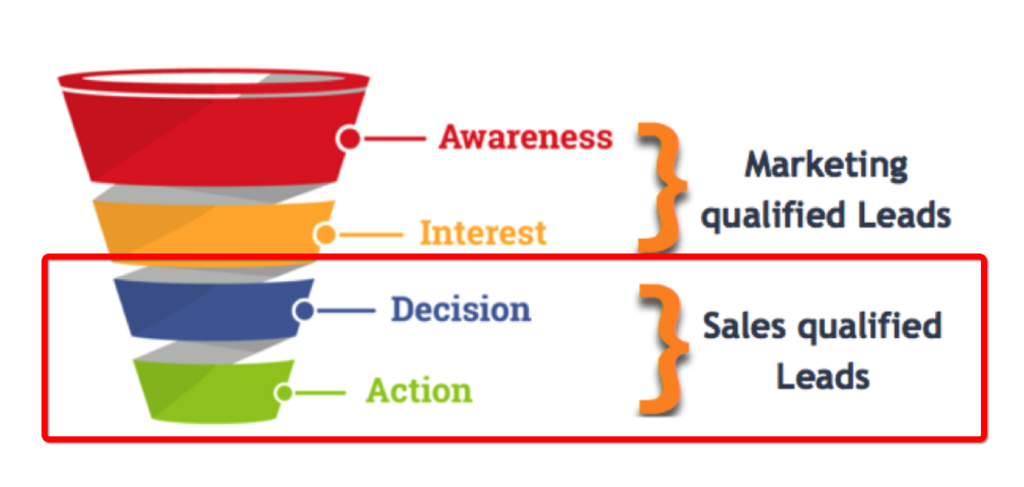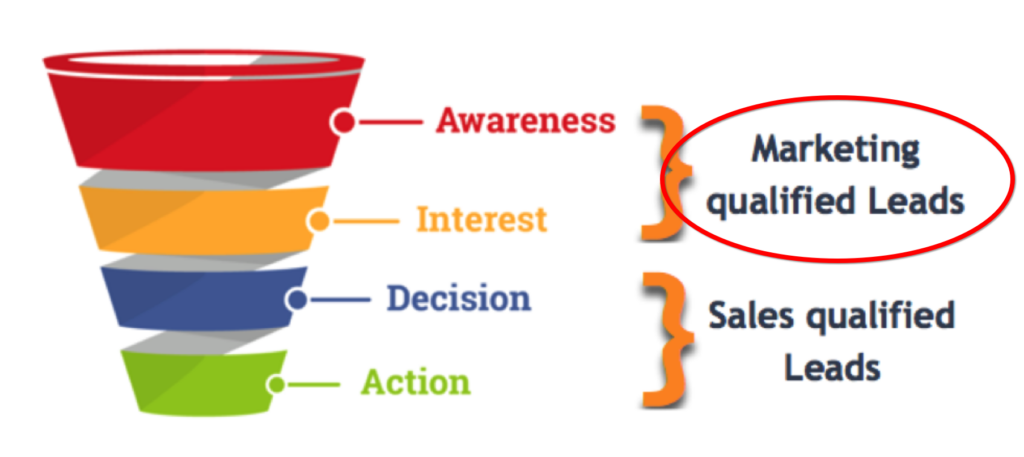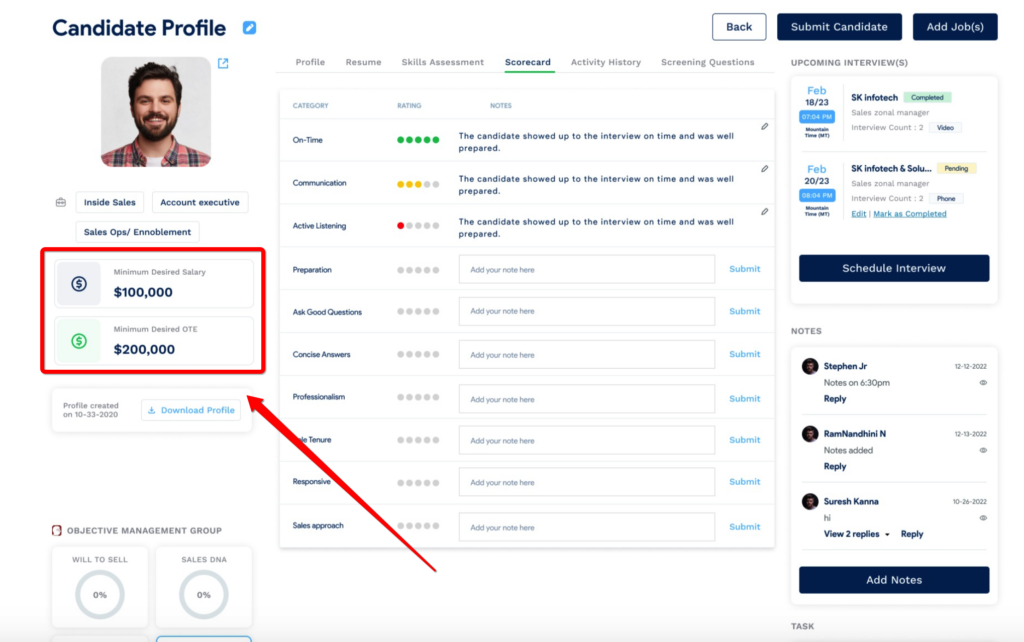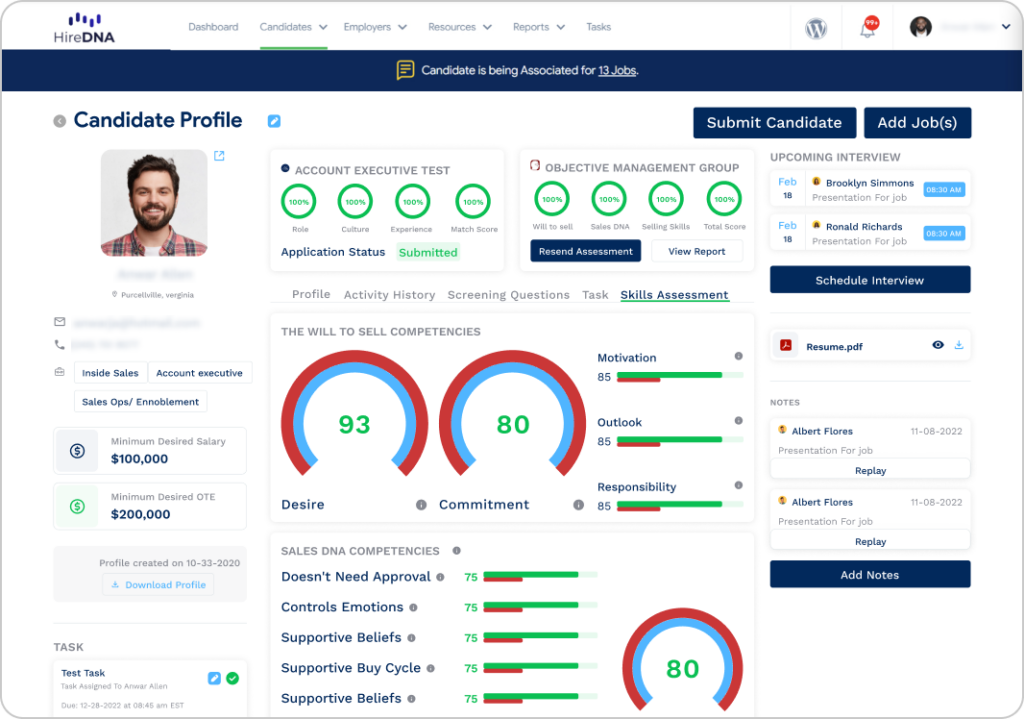A recent survey found only 18% of sales teams were reaching 70% or more of their quotas. And only 43% were even hitting 50% of their quotas. Further, 58% of sales teams were only reaching 20-40% of their quota attainment or less, which clearly shows there’s room for improvement in the SaaS sales management strategy of many companies.
If you’ve been feeling underwhelmed with your team’s performance as of late, this post is for you. In it, I’ll offer a simple yet effective step-by-step SaaS sales management strategy that should get your numbers to where they need to be.
Assess Your Current Team to Identify Low Performers
The first step is to gain an objective understanding of who’s carrying their weight and who’s not. You’ll likely have an idea of who your top performers are, but it’s important to look at some concrete data to identify low performers.
I like CEO and co-founder of SaaStr Jason Lemkin’s take on it. According to him, “Realistically, in most cases, the best thing to do is let some of your low performers go and reroute those leads to your higher performers. Get back to a core group of folks that can close, and then keep the bar high, and add to it. No one is happy with < 50% quota attainment.”
So how do you identify low performers?
I suggest looking at these metrics:
- How many conversions each salesperson has made in the past six months to a year
- What each person’s close rate is
- What each rep’s average deal size is
- How much their accounts have grown or diminished
- What their overall quota attainment rate momentum is (are they trending up or down?)
Looking at these numbers should provide clarification so you’ll know for a fact who the low performers are, which brings me to my next point.
Let the Low Performers Go
Once you know for certain who’s not carrying their weight, it’s a good time to let go of your low performers. While this isn’t always pleasant, and you’ll want to take any extenuating circumstances into account, “trimming the fat” and sending leads to your top performers is usually an effective way to recalibrate your sales team and get your quota attainment rate to an acceptable level.
As Lemkin explains, “The best sales teams really do see 70% or more of their team hitting quota, or at least 70% of scaled reps (which often means 60% or so overall). It just energizes everyone, and success builds on success.”
Offer Ongoing Sales Training
At this point, you’ll want to equip your top performers with the tools they need to be their best — something that can often be done with proper sales training. While a one-off course can be helpful, I find that it’s ideal to offer ongoing sales training given the fast-paced nature of the SaaS industry.
With trends constantly changing, the teams that perform the best are usually the ones that stay on top and continually refine their collective skillset.
To find a suitable sales training platform for your SaaS company, I recommend browsing through this list from HubSpot.

They offer 36 of the top programs that can fit every need and budget.
Use Sales Tech and Productivity Tools
Sales tech and productivity tools help improve efficiency and performance with less so you can sell more without adding headcount. And with AI becoming increasingly sophisticated and ubiquitous, the potential results you can get are off the charts.
A good example is using a scheduling tool like Calendly to allow leads to conveniently choose a time slot for a product demo.

Calendly kills two birds with one stone because it lets your sales team capitalize on the momentum and strike while the iron is hot while also saving your reps time. Rather than making a hot lead wait to get a response and schedule a demo, they can do it right away when they’re most interested.
And instead of wasting time back-and-forthing with leads, your reps can confirm demo times and automatically have them penciled into their calendars.
You can find a comprehensive list of sales tech and productivity tools here.
Hire Top Tier Talent
The last piece of the puzzle for our SaaS sales management strategy is to improve your SaaS sales hiring process from here on out. This doesn’t necessarily mean you’ll need to bring new team members on board immediately (even if you’ve let low performers go). But it’s important to fine-tune your hiring so you don’t run into the problem of low performers in the future.
Easier said than done, right?
While there is no magic bullet for finding elite talent 100% of the time, using a comprehensive sales assessment can accurately and consistently help you find top performers using objective data.
Objective Management Group’s Sales Assessment, for example, looks at critical criteria like the will to sell, how much a person enjoys selling, motivation, core competencies, and more to filter through a large pool of candidates and narrow it down to the best of the best. It can be customized for your unique selling environment and tailored to your specific needs. And it can be used for nearly any sales role.
So if you’re looking for a simple way to evaluate SaaS salespeople and pinpoint top tier talent, this is a good way to go about it.
In terms of results, 92% of the candidates that are recommended by the assessment go on to reach the top half of their sales force within their first year.
A SaaS Sales Management Strategy to Get Your Team on Track
If you’re less than excited about your current sales quota attainment rate, you’re not alone. Only 18% of sales teams are hitting 70% or more of their quotas.
But if you follow the SaaS sales management strategy outlined above, you should be able to 1) steady the ship to quickly bump up your quota attainment rate and 2) set the stage for continued success in the long run.
If you’re interested in learning more about Objective Management Group’s sales assessment, you can get the full details here.









































